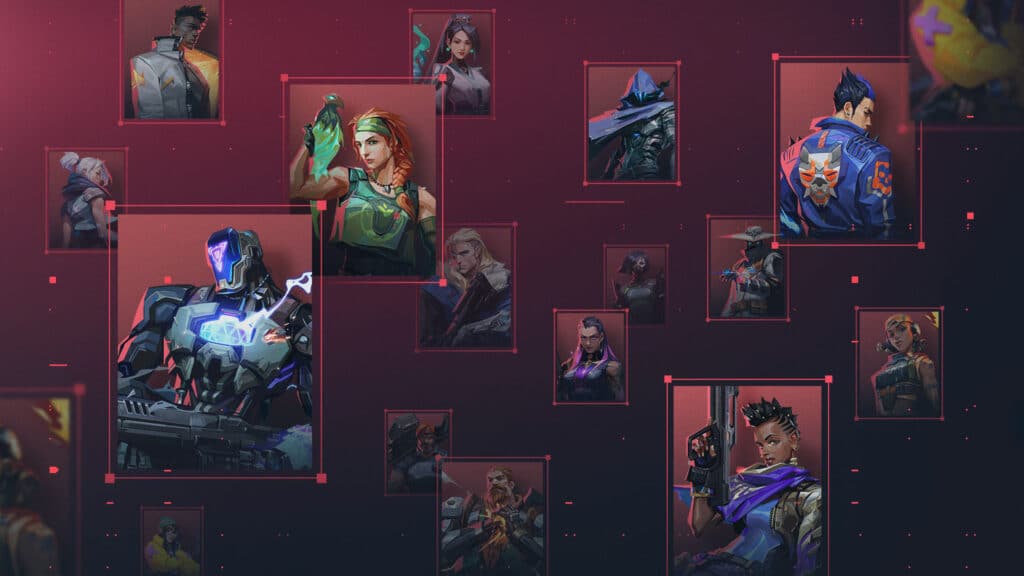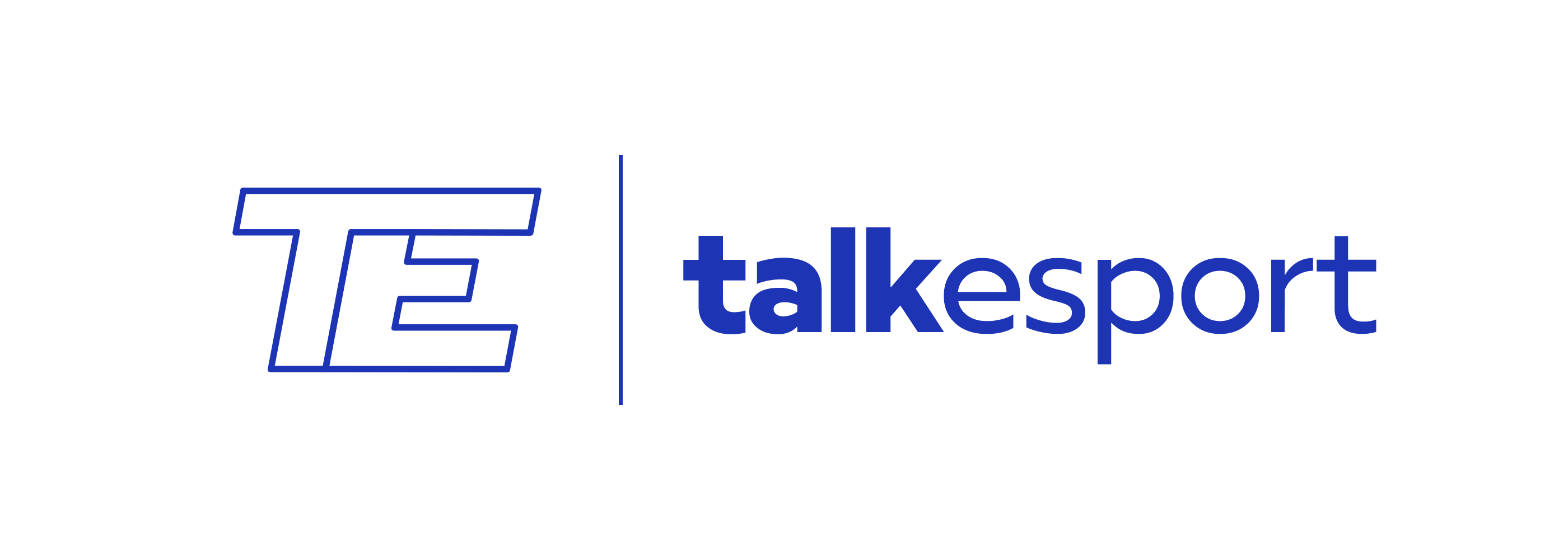While data still plays a key role in shaping modifications to agents, telling Valorant devs when an agent isn’t optimal, Riot Games also approaches agent balance through more subjective lenses.
In a recent blog post titled “State of the Agents,” the devs at Riot have lifted the curtain on the process that is used to determine which agents require adjustments and whether those changes should be buffs or nerfs.
Chamber and Fade were two of the most significant additions to the agent meta in the last year, which led to some of the most significant alterations.

The recon sector was formerly controlled by Sova, but Fade has since shown to be a strong alternative, especially following the nerfs that patch 4.08 dealt to his Owl Drone and Shock Bolt.
Simultaneously, Chamber is assuming responsibility for the sentinel position. Even after two rounds of nerfs, he still has a 68 percent chance of being picked at Valorant Champions 2022, making him the most popular agent.
Both of these agents have been singled out for the possibility of nerfs being implemented in the future. Riot must continually assess the influence agents have on Valorant, using several data sources to make decisions.
Win rate and pick rate in solo queue
An agent’s non-mirror win rate across different MMR tiers and maps is a key indicator of their power.
The term “non-mirror win rate” describes the success rate of an agent in situations in which the other team did not select the same agent. Otherwise, popular agents will have a 50% win rate, which is worthless.
Riot additionally categorizes agent pick rates using the same system. This makes it possible to have an understanding of the similarities and differences between popular agents and the ones that players are selecting to represent them.
Player Perspective
Riot, on the other hand, places a significant amount of importance on your opinions. It monitors social media sentiment, but most of the player perception data it utilizes for balance comes from polls.
These surveys ask if particular agents in the current meta are too strong, too weak, or frustrating to play against.
Pro play
Riot also considers professional players to be some of its most important stakeholders. It examines pro-play pick rates and trends to learn which agents, compositions, and utilities are most useful to teams and players.
For instance, the developer recognized that additional changes still need to be made to the agent as a result of the Chamber’s continued supremacy at Valorant Champions 2022. This demonstrated that further improvements are still required.
His Rendezvous teleporters are not yet sufficiently easy to counter, and moving forward, the primary focus will be on the introduction of “real counterplay.”
Design principles
In the end, agents have to conform to the primary design concepts that serve as the foundation for all future game development. When developing a new agent, Riot considers what aspects of Valorant are lacking and designs the agent accordingly. Every agent should have a unique role in the game, ultimately.
Also Read:

